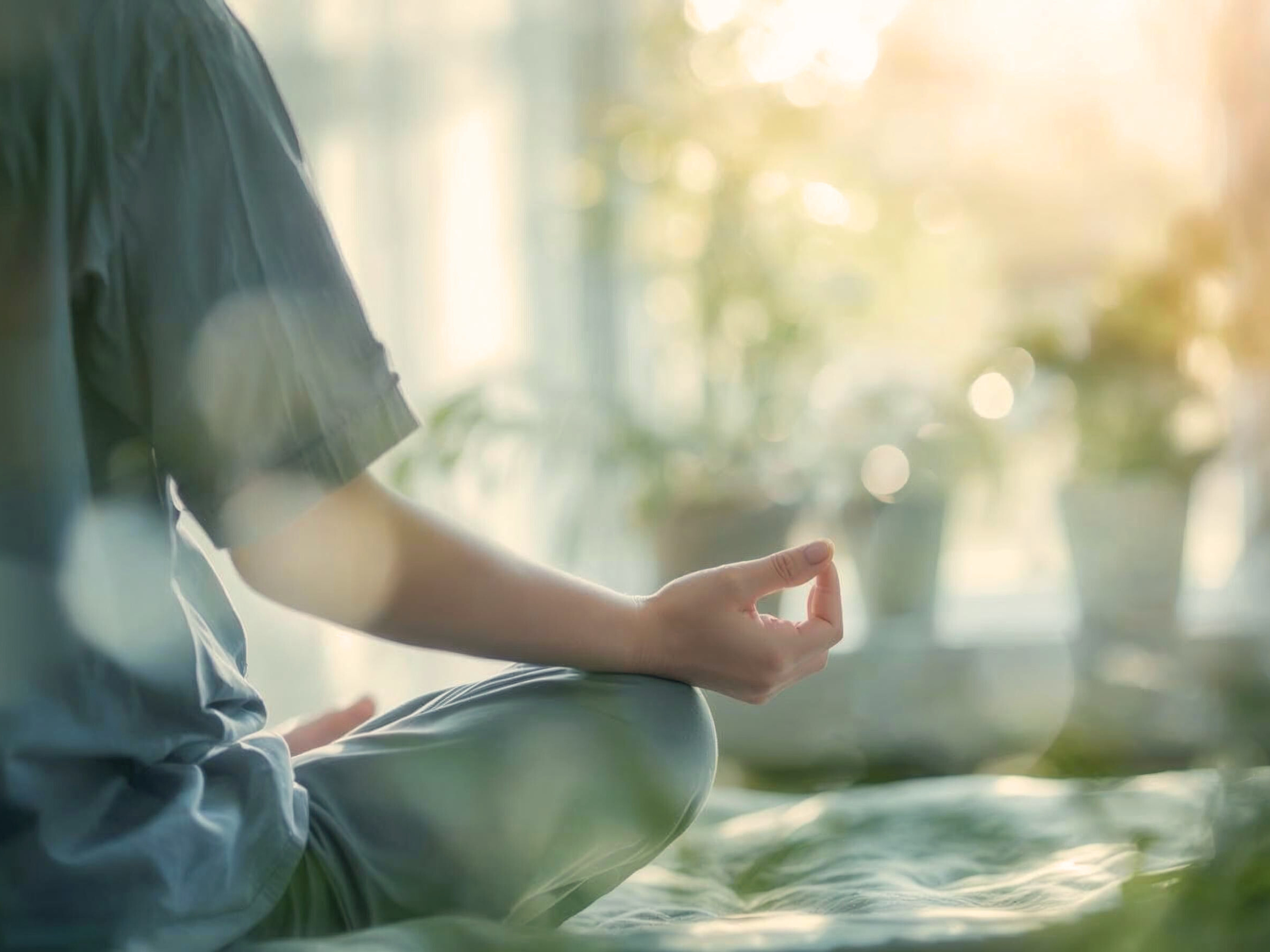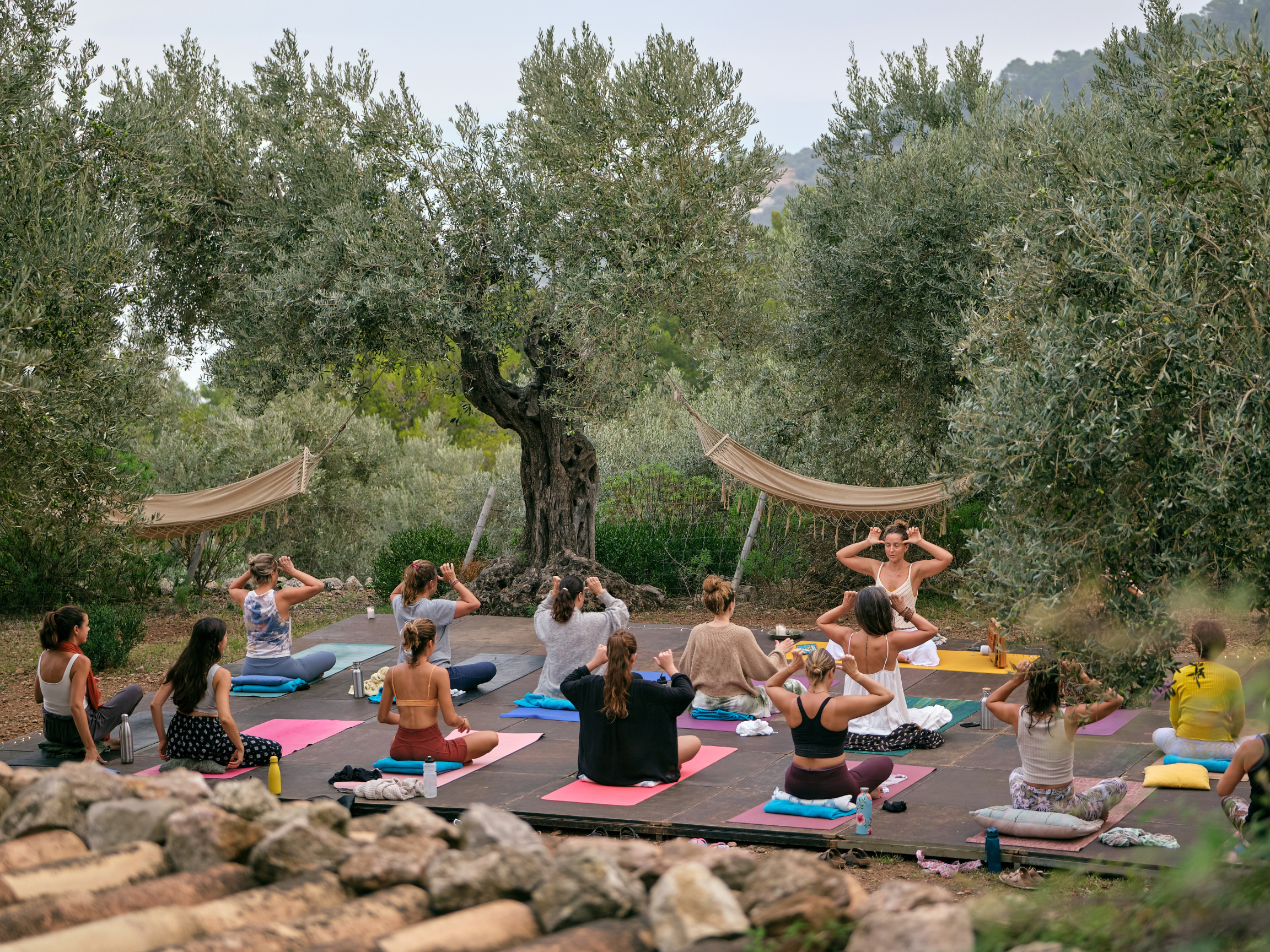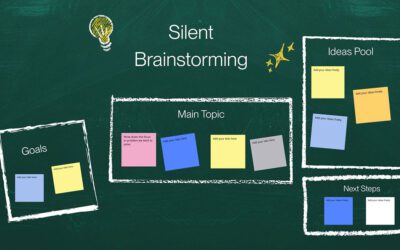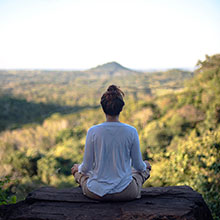The idea of a silent retreat can sound intriguing, even intimidating. For many, just imagining a full day without talking, without phones, and without distractions already sparks curiosity. However, what happens in these spaces goes far beyond “not speaking”: it’s a journey toward mental clarity, calm, and reconnection with oneself.
A silent retreat is not simply about being quiet; it’s about immersing yourself in an environment where every activity fosters, presence and mental clarity. From dawn to night, a rhythm is created that balances meditation, movement, rest, and mindful nourishment.
A Typical Day on a Silent Retreat
The day begins before sunrise. At 7:00 a.m., pranayama (conscious breathing) opens the inner space, preparing the mind and lungs for the rest of the day. Just fifteen minutes are enough to make a difference.
At 7:15 a.m., the first formal meditation of the day begins, lasting around 45 minutes. Silence is absolute, and little by little the mind quiets down. At 8:00 a.m., yoga practice follows, helping to awaken the body with fluid, mindful movements.
After a light breakfast at 9:00 a.m., participants have a short break before returning to the yoga space at 11:00 a.m. for a deeper meditation. At 12:00 p.m., the body surrenders to total calm with a yoga nidra session, a guided meditation that reaches a state between sleep and wakefulness. Then, at 12:30 p.m., a movement session focused on myofascial release with massage balls helps release accumulated physical tension.
Lunch is served at 1:30 p.m., always in silence, followed by rest time. The afternoon resumes at 4:30 p.m. with another extended meditation, leading into one of the most special moments; the silent walk at 5:30 p.m. In this mindful walking practice, each step becomes a form of active meditation, a connection with nature.
At 7:00 p.m., a simple, nourishing dinner is shared, and the day closes with a final 45-minute meditation at 8:30 p.m. In some retreats, at 9:30 p.m., there is a fire ceremony where you can burn things that no longer service you and a short fire meditation that marks the end of the day.
During meals, mindful eating is practiced. Food is chewed slowly, with appreciation for the aroma and flavour of each bite. To explore this diet further, you can read our article What Is A Sattvic Diet?
Beyond nutrition, experiencing a silent retreat firsthand can be very helpful. In this YouTube video, Heather Anderson, founder of Silent Focus, explains in more detail what this experience entails and how silence becomes a tool for personal transformation.
Some basic information about how corporate silent retreats are run at Silent Focus:
- No phones, technology, reading, writing or music
- No talking or gestures
- You eat alone not in a group
- We use a gong to notify activities
- There are pieces of paper available to write notes to the facilaters if something comes up like you need tooth paste or whatever
- There is no sharing necessary – you can share at the beginning or at the end of silence but it is not mandatory and it is fine to share very little or nothing if you like
- You do not have to participate in the activities just go to what you want and do what you want
What It Feels Like to Be on a Silent Retreat
Spending a full day in silence doesn’t mean being isolated from others, but rather learning to coexist without words. Communication happens through soft gestures, a smile, or simply sharing the space in a calm presence. We do not allow gestures actually I will fix this.
We ask you to reframe from gestures like smiles and ask you to stay within yourselves. This is also done on 10 Vipasssana retreats and we try to keep it similar it helps you to stay connected to yourself and allows you to not have to say good morning or thank others. This can be very challenging and often some people find that they do smile. That is ok too. The idea is not to converse in any way or form but like I said if it happens do not be hard on yourself for breaking a rule.
If you are interested to hear a short video from one of our guests about their experience visit my Personal Experience of a Silent Retreat.
Benefits of a Day in Silence
The transformations of this experience extend far beyond the retreat itself. Among the most common benefits are:
- Mental and emotional clarity: silence helps uncover internal patterns usually hidden by daily noise
- Nervous system regulation: with fewer external stimuli, the body lowers cortisol levels, improves sleep, and aids digestion
- Stronger personal connection: without external distractions, decisions and thoughts emerge with greater calm and authenticity
After those benefits, if you’re interested in learning more about them, you can read this article on Silent Focus about the benefits of a silent retreat.

Silence in Science and Tradition
The growing interest in silent retreats is far from a passing trend. Institutions such as the Greater Good Science Center have documented how mindfulness practices positively affect mood, emotional reactivity, and resilience.
A silent retreat is not about “keeping quiet,” but about opening a space to hear what usually gets lost in the noise. Living several days in silence gives new value to the ordinary. You can spend time listening to the song of a bird, or sit in a sun beam or even watch the cows and other animals live their calm and peaceful lives.
Silent retreats can feel scary before you embark on them but you will be surprised how enjoyable it is to just be quiet with the mind and see what comes up.
Overall, most if not all participants during a silent retreat feel more grateful about themselves and their lives after a silent retreat and they are super happy they went and will go again. Think of it like maintenance for the mind body and soul.
Follow us on Instagram for more content: @silentfocus.co





